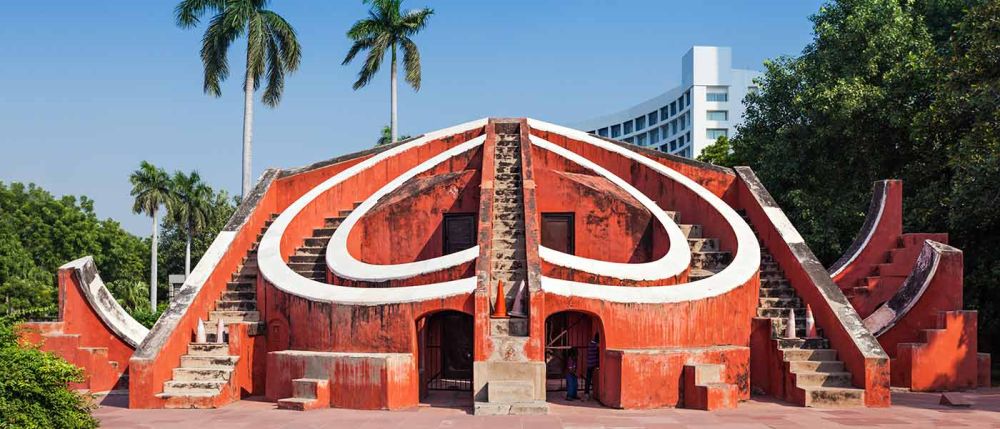

Visiting Jantar Mantar in Delhi is an experience that is best enjoyed during the months of October to March. During this period, the weather is particularly pleasant, which enhances the experience of exploring this historical site. The cooler temperatures ranging from about 20°C to 25°C provide the perfect conditions to wander around the large astronomical instruments without the discomfort of extreme heat. The winter months also coincide with the peak tourist season in Delhi, offering vibrant cultural events and clear, sunny days which are ideal for the clear visibility and photography of the architectural marvels.
It is advisable to avoid the summer months of April to June, as the scorching heat with temperatures soaring up to 45°C can make outdoor excursions quite challenging. The monsoon season, which typically extends from late June to September, brings heavy rains that could disrupt travel plans and outdoor activities. If you are particularly interested in witnessing Jantar Mantar without the crowds, the shoulder months of early April or late September might offer a compromise between weather and visitor numbers; however, mornings and evenings remain the most comfortable and recommended times for a visit any time of the year.
| Month | Min Temp | Max Temp |
|---|---|---|
| January | 7°C °c | 20°C °c |
| February | 10°C °c | 24°C °c |
| March | 15°C °c | 30°C °c |
| April | 21°C °c | 36°C °c |
| May | 25°C °c | 40°C °c |
| June | 27°C °c | 38°C °c |
| July | 26°C °c | 35°C °c |
| August | 26°C °c | 34°C °c |
| September | 24°C °c | 34°C °c |
| October | 19°C °c | 33°C °c |
| November | 13°C °c | 28°C °c |
| December | 8°C °c | 22°C °c |